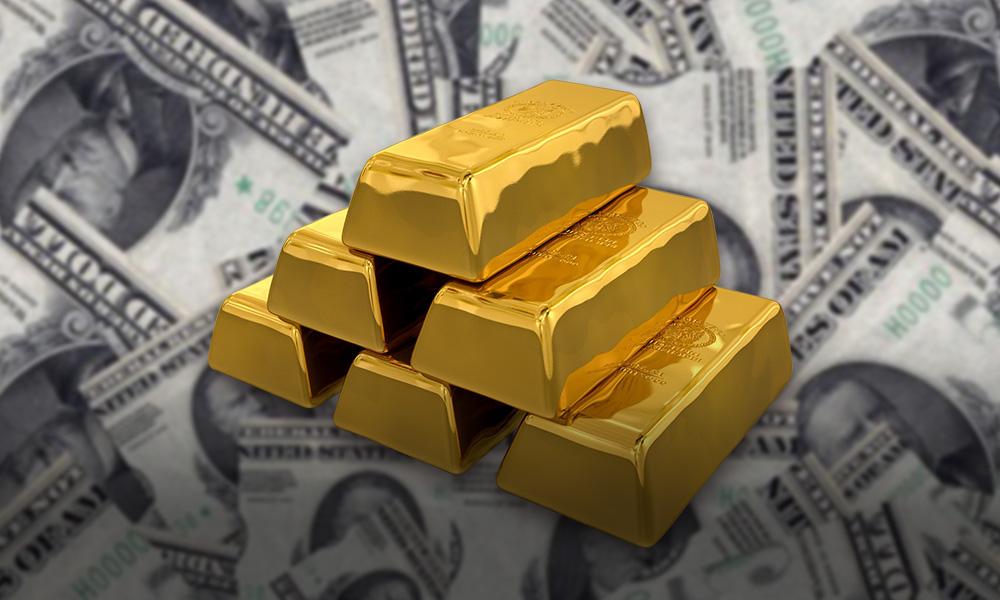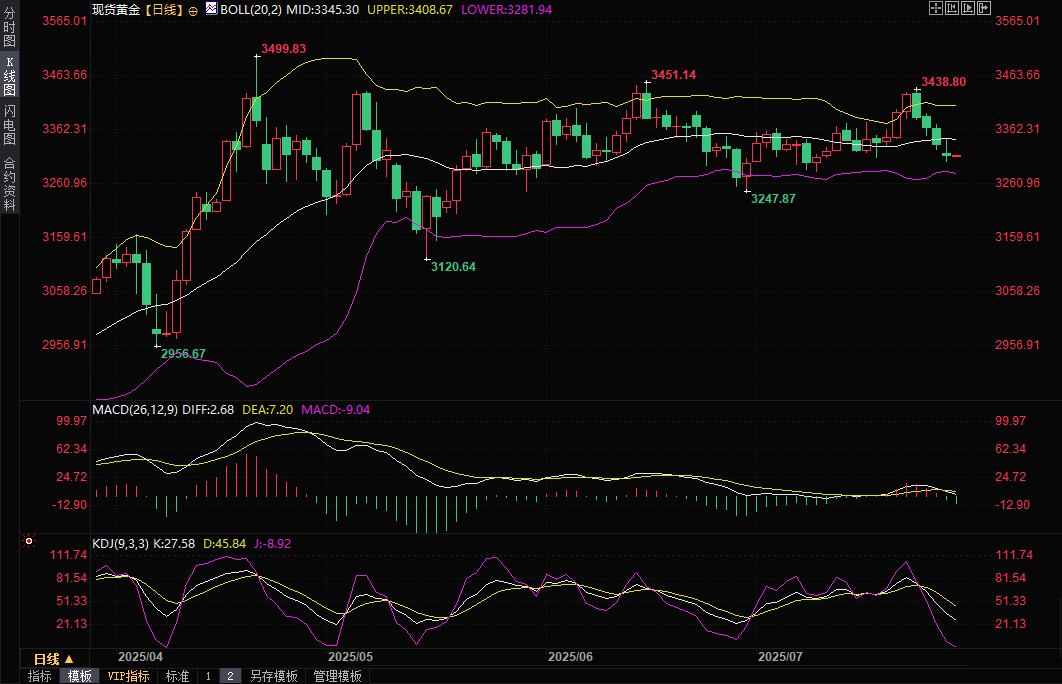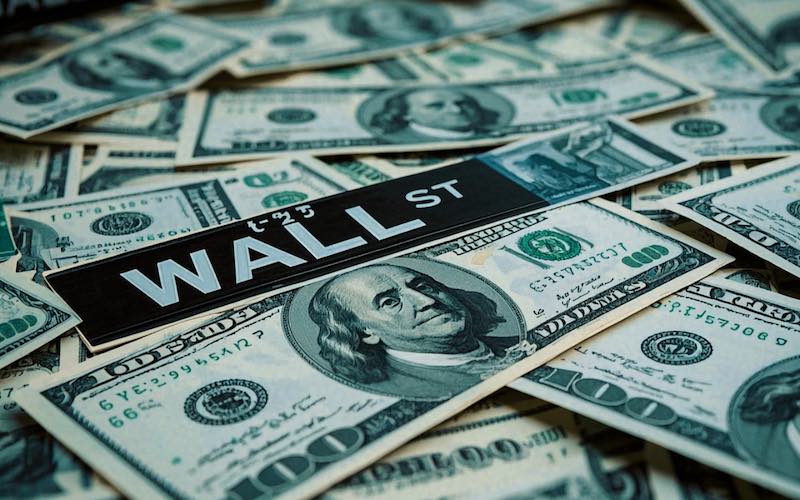Gold trading reminder: The US dollar rose sharply after the US-EU agreement, and the gold price fell for four consecutive days. Is the $3,300 defense line in danger?
2025-07-29 07:01:08

US-EU trade agreement: Risk appetite rises, gold under pressure
The United States and the European Union reached a landmark framework trade agreement on July 27, setting import tariffs on EU goods at 15%, far lower than the 30% rate previously threatened by Trump. This agreement effectively avoided a larger trade war between the United States and Europe and injected certainty into global markets. The agreement not only reduced market concerns about a global recession, but also boosted the attractiveness of risky assets, boosting stocks and the dollar. The S&P 500 index hit a record closing high for the sixth consecutive trading day, and the Nasdaq index also set a record in volatile trading, showing investors' enthusiasm for risky assets.
However, the resurgence of risk aversion was undoubtedly a significant blow to gold, a traditional safe-haven asset. The US-EU agreement also included a commitment by the EU to make up to $750 billion in strategic purchases during Trump's term, including $600 billion in US military equipment. This massive procurement plan further fueled market optimism, reduced investor demand for gold as a safe haven, and put downward pressure on gold prices.
The strong return of the US dollar: the "natural enemy" of gold prices reappears
Marex analyst Edward Meir pointed out that the conclusion of the trade agreement is positive for the US dollar. The US dollar index rose 1% on Monday, the largest single-day increase since May 12, reaching a high of 98.69 in more than a week. This strong dollar makes dollar-denominated gold more expensive for overseas buyers, thereby weakening its appeal.
The US dollar saw significant gains against both the euro and the yen on Monday. The euro fell 1.25% to $1.159125, its biggest one-day drop since mid-May. The dollar also rose 1% against the safe-haven Swiss franc and 0.59% against the Japanese yen. The dollar's strength is closely tied to the conclusion of a US-EU trade agreement, with optimistic expectations of easing global trade tensions driving demand for the greenback.
Historically, the U.S. dollar and gold prices tend to show a negative correlation. The strengthening of the U.S. dollar not only increases the cost of holding gold, but also weakens its appeal as a safe-haven asset. Anthi Tsouvali, multi-asset strategist at UBS Wealth, said that earlier this year, market concerns about the damage to the U.S. economy due to high tariff policies caused the dollar to fall sharply. Now that the trade agreement has been reached, market sentiment has returned to normal and the dollar's strong position has been restored. Against this background, the decline in gold prices has almost become inevitable.
China-US trade negotiations: Uncertainty remains, gold still has support
Although the US-EU trade agreement has brought optimism to the market, the progress of the US-China trade negotiations has provided some support for gold prices. Senior US and Chinese economic officials resumed tariff talks in Stockholm on July 28, aiming to extend the trade truce by 90 days and avoid further escalation of tariffs. However, the US Trade Representative made it clear that no major breakthroughs are expected in the talks, and the focus of the negotiations will be on monitoring and fulfilling existing commitments. This means that the core issues of the Sino-US trade friction have not been resolved, and market uncertainty remains.
China faces an August 12 deadline to reach a lasting tariff agreement with the Trump administration. Previously, the two sides reached preliminary agreements in May and June to end the tit-for-tat tariff war, but a long-term solution is still far away. The Trump administration's high-handed attitude on trade issues and its successive trade agreements with Japan, Indonesia and other countries have demonstrated the United States' dominant position in the global trade landscape. Against this backdrop, the market's cautious attitude towards the outcome of the China-US negotiations has led some investors to still regard gold as a safe-haven asset, limiting the further downside of gold prices.
Fed interest rate expectations: a barometer of gold price fluctuations
The Federal Reserve will conclude its two-day policy meeting on July 30th this week, with the market generally expecting it to maintain its benchmark interest rate range at 4.25%-4.50%. Despite repeated pressure from President Trump on Fed Chairman Powell for a significant rate cut, market expectations for a September rate cut remain strong. The two-year Treasury yield rose slightly to 3.926%, reflecting a subtle adjustment in market expectations for interest rates.
As an interest-free asset, the price of gold is extremely sensitive to interest rate expectations. If the Fed sends a clear signal of a rate cut, the US dollar may weaken, providing upward momentum for gold prices. However, the current market expectation that the Fed will maintain stable interest rates dominates, coupled with the strong performance of the US dollar, it is difficult for gold prices to get rid of downward pressure in the short term. Investors also need to pay close attention to the Fed's post-meeting statement and Powell's statement on future policies, which may become key turning points in the trend of gold prices.
Geopolitics and the global economy: potential opportunities for gold
In addition to trade and monetary policy, continued geopolitical tensions also provide potential support for the gold market. Trump recently set a 10-12 day deadline for Russia to make progress in the Ukrainian war or face sanctions and tariff threats. This tough stance has triggered a fierce response from Russia, with Kremlin allies warning that the move could lead to a larger conflict. Ukraine welcomed Trump's statement, but the prospects for peace remain unclear.
At the same time, the deteriorating situation in the Middle East has provided additional safe-haven demand for gold. Israel's military operations in the Gaza Strip have intensified, and a UN report shows that more than half of the population in Gaza faces catastrophic food insecurity. The Israeli cabinet is considering a full military occupation of Gaza and tightening the siege on some areas, which has attracted widespread attention from the international community. British and American leaders have called for an immediate ceasefire, but geopolitical complexities have made the hope for peace slim. These uncertainties may push up the safe-haven demand for gold in the future and provide some support for its price.
Bond and stock market performance: a barometer of risk sentiment
The latest developments in the U.S. bond and stock markets also provide an important background for gold price movements. On July 28, U.S. Treasury prices fell, and the 10-year and 30-year Treasury yields rose to 4.414% and 4.962%, respectively. The rise in bond yields reflects the market's optimism about the outlook for the global economy, which is inseparable from the conclusion of the U.S.-EU trade agreement. However, the results of the two-year and five-year Treasury auctions were mixed, showing that investors' demand for short- and medium-term bonds was divided.
In the stock market, the S&P 500 and Nasdaq continued to fluctuate at high levels, showing investors' preference for risky assets. Although the Dow Jones Industrial Average fell slightly, the overall market sentiment remained positive. Scott Welch, chief investment officer of Certuity, pointed out that the US-EU trade agreement eased market concerns about economic disasters, but the long-term impact remains to be seen. The strong performance of the stock market further squeezed the appeal of gold, but the arrival of corporate earnings season and the upcoming PCE inflation data and employment report may bring new volatility to the market.
Outlook
At this juncture, gold faces multiple challenges: a strong dollar, resurging risk appetite, and rising real interest rates. Technically, the $3,300 mark is in jeopardy; a break could push prices towards the $3,250 support level. However, two key market variables remain: whether the Federal Reserve's policy statement on Wednesday will signal a dovish tone, and whether the US-China trade negotiations will encounter setbacks.
In addition, the U.S. Conference Board Consumer Confidence Index for July and the U.S. JOLTs job vacancy data for June will also be released on this trading day, and investors need to pay attention to them.

(Spot gold daily chart, source: Yihuitong)
At 06:58 Beijing time, spot gold was trading at $3314.38 per ounce.
- Risk Warning and Disclaimer
- The market involves risk, and trading may not be suitable for all investors. This article is for reference only and does not constitute personal investment advice, nor does it take into account certain users’ specific investment objectives, financial situation, or other needs. Any investment decisions made based on this information are at your own risk.





















